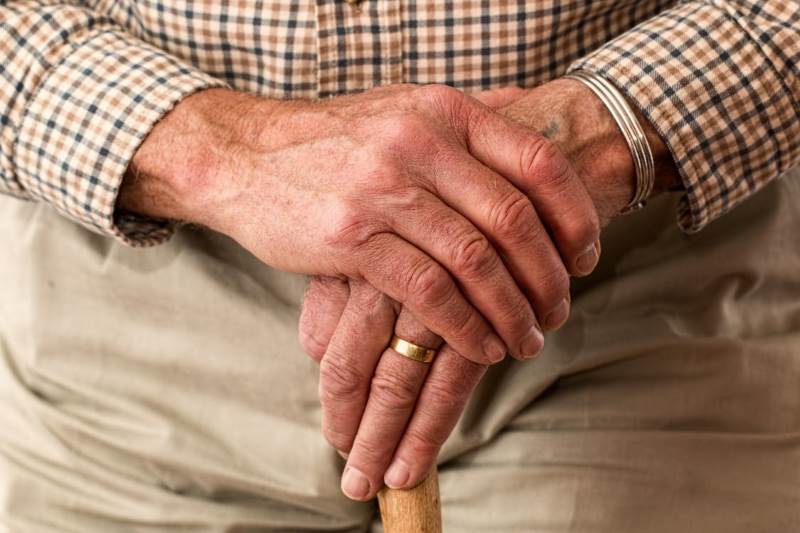Bladder Incontinence
This one’s for the ladies.
Ladies, have you notice the increase in the number of bladder leakage commercials on TV these days? Brands like Poise and Always have caught on that there are a large number of women who experience bladder leakage on a daily basis. These commercials are great in one aspect because they open up doors for women to have conversations. This is important because these issues may be embarrassing to discuss with friends and therefore are often sealed behind tight lips or talked about only in doctors’ offices. The downside to these commercials is that they make you feel like a pad is the best way your bladder leakage can be addressed. Many women who have bladder leakage do not seek information regarding the underlying cause, the type of bladder leakage they have or additions ways it can be addressed.
To fill in some of the gaps – there are essentially three types of bladder leakage. First there is stress incontinence (loss of bladder control). This type usually occurs because the pressure exerted on the pelvic floor is too forceful for weakened muscles during a cough, sneeze, laugh or any event that increases intra-abdominal pressure.
The second type of incontinence is called urge incontinence. This type of leakage is usually behaviour driven and occurs because of toileting cues and conditioning surrounding your learned habits. For example, you just pulled into your drive way – before you pulled up there was no urge to go to the bathroom. However, now that you are in the driveway you are frantically rummaging through your purse to grab your keys, you found them. Now, to make it to the front door you waddle the whole way there because all you can think about is emptying your bladder and by the time you get the lock open you may have already leaked before you made it to the toilet.
The final type of incontinence is called mixed and is a combination of stress and urge. In addition to using these products there are other ways to treat bladder leakage. One of the treatments for stress incontinence comes from gaining body awareness and control of your pelvic floor muscles and retraining them to turn on before a cough and sneeze. The treatment for urge incontinence involves behavioural retraining surrounding your current toileting habits.
Now that you are aware there are more options, perhaps it’s time for you to take control of your leakage and contact a physiotherapist who treats women’s health in an effort to reduce or eliminate leakage.

